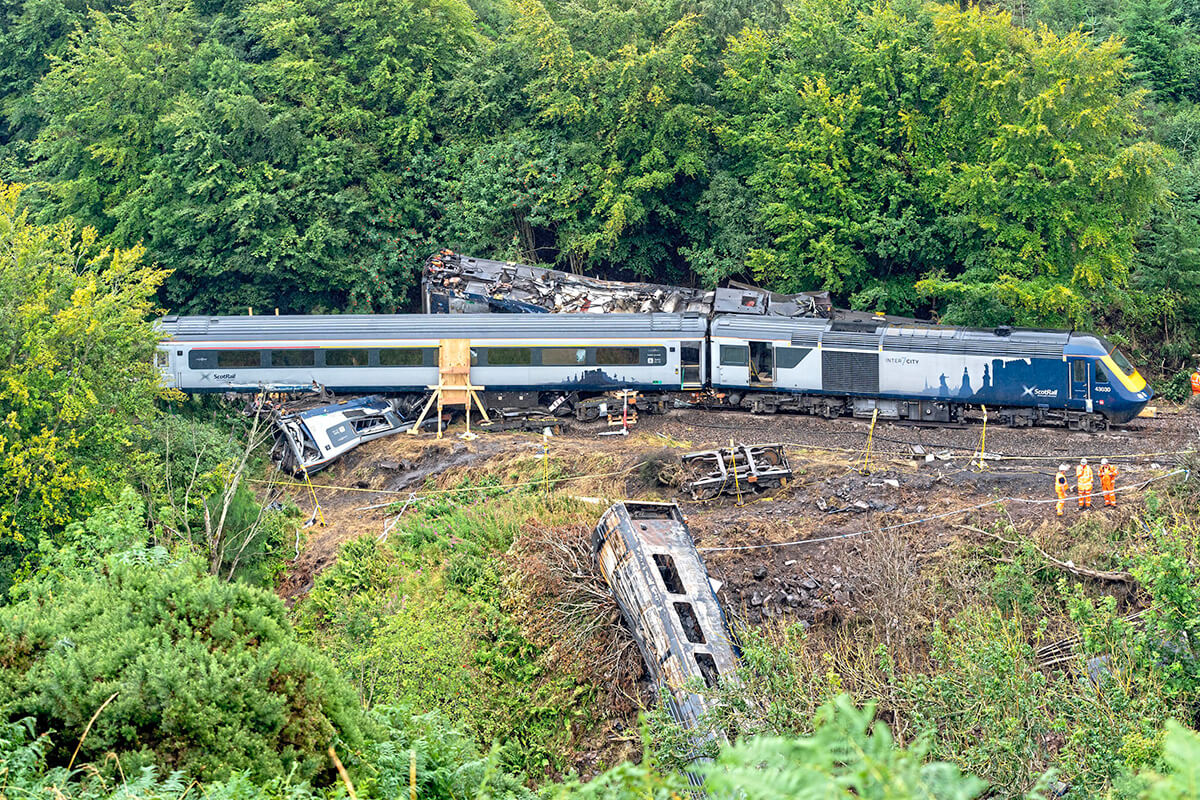
PAUL CLIFTON talks to the people who have to balance railway risk and reward, and the need to protect passengers and goods against the need to keep services running
“The question is whether we have become too risk averse. I think we have.”
Martin Frobisher is Network Rail’s group safety and engineering director. So that’s quite an opening gambit.
Services cancelled more frequently than necessary
“I think you should refer to Carmont,” he adds, referring to the crash near Stonehaven in Aberdeenshire on August 12 2020, in which three people died.
The derailment followed unusually heavy rainfall of two inches/51mm overnight.
“When you look at the prosecution at Carmont, controlling the speed of the train was the issue deemed to be causal.
“There were lots of issues about the construction of the drain, lots about record keeping. But the direct link with the accident was controlling the speed of the train.
“We should not skirt the issue of Carmont, because it has influenced what we do.”
There’s a perception that the crash has led to a more cautious response to the threat of severe weather, to a point where services are cancelled more frequently than is entirely necessary.
Climate extremes v ageing network
Across the railway, infrastructure has been battered by a changing climate that brings greater extremes: more intense winter rainfall in the west is being countered by hotter, drier summers that desiccate and shrink the clay embankments of southern England.
The ageing network was never designed to cope with this sort of weather. Without changes to the way the infrastructure is maintained, the level of disruption seen recently will become the norm.
Flooding will become a particular challenge, especially as the sea level rises. Carmont brought a focus on drainage: if the railway cannot avoid greater surface run-off, then it must become better at dispersing it.
“We have become better at weather forecasting, and we have become more precise about using those forecasts to impose speed restrictions,” says Frobisher.
A meteorologist is now based in Scotland’s control room.
The ‘way out’ of the problem
“We have done a really thorough piece of work with RSSB , which I think is our way out of this.”
The result is a risk model. From a weather forecast, it calculates the risk to a passenger service. It also measures the economic impact of imposing speed restrictions, as the proxy for the effect on passengers. It then balances changing speed against effect.
A trial is under way on West Coast north and on the Cumbrian coast.
Frobisher elaborates: “There are so many factors involved. If you impose a speed restriction, that is not a zero-risk option.
“You create passenger crowding on platforms. You create more signals at danger, so you increase the SPAD risk.
“What we have is a model that balances all these safety factors. I think it is the way forward.”
But the railway cannot rely on the model alone to dictate how a train driver responds to changing weather.
“You need a human in the loop.
“The model cannot possibly know that a river has burst its bank, where the foot of an embankment is under water.
“But the local earthworks engineer can. The combination of local knowledge and the model gets us to the right answer.
“But it gets us into some difficult issues.
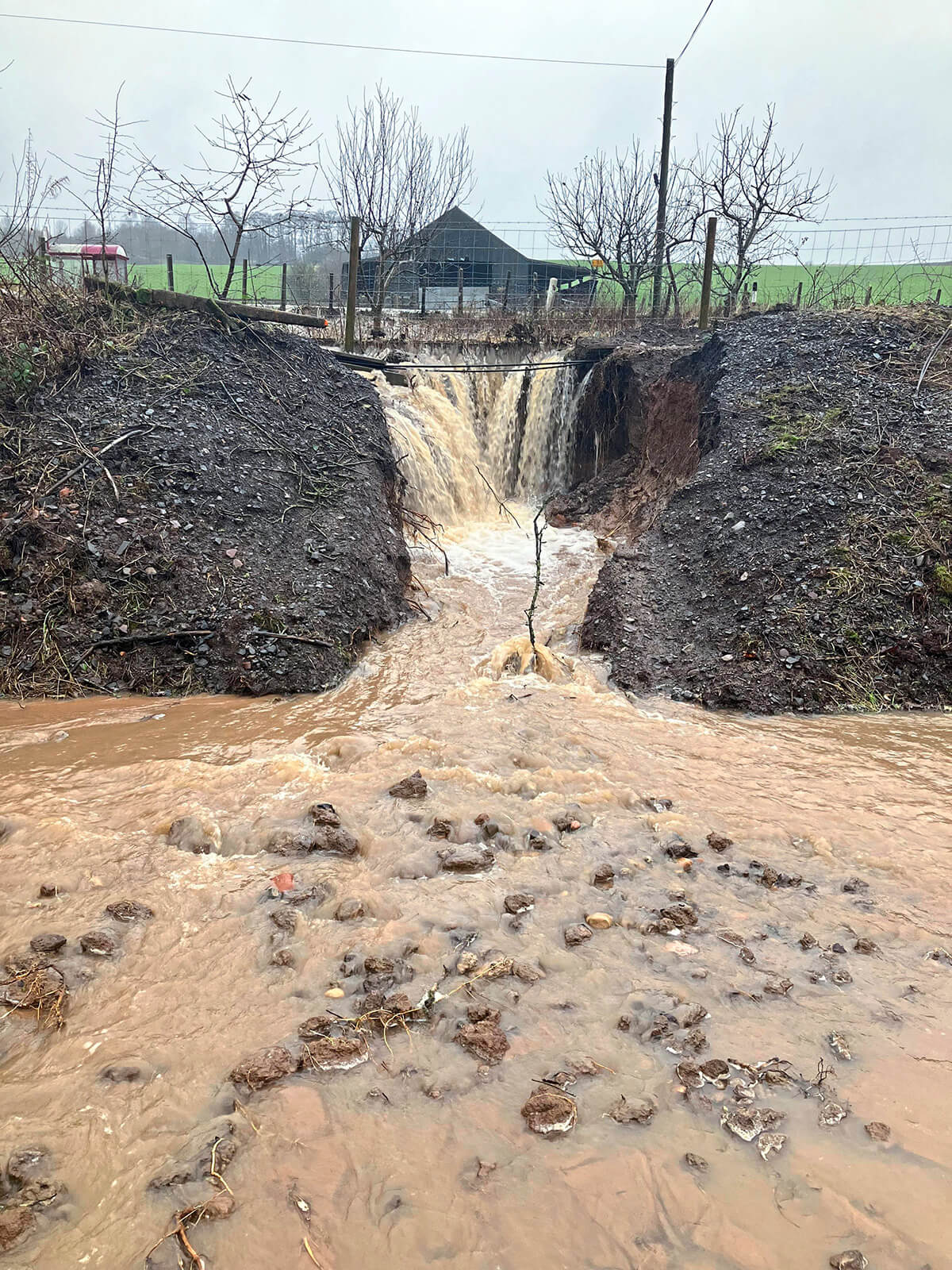
What’s the value of a human life?
For the model to work, it has to put a value on a life.
Because it calculates risk in those terms.
“It is a scientific formula.
“That is the fatality-weighted risk times the value of a life, which the industry calculates at £2.3 million (that’s published by RSSB), multiplied by a gross disproportionality formula, a principle established in law.
“And the outcome is the delay we would be prepared to buy to offset that safety risk.
“The law uses the phrase ‘reasonably practicable’ - just stopping the railway when risk increases is not the answer when we provide a public service.
“If we didn’t put a value on risk, we would just always stop in severe weather, and that would be so wrong. People would still go to their destination, but they would choose a less safe mode of transport.”
The problem with the model is that it doesn’t match how drivers work.
It divides the West Coast Main Line between Preston and Carlisle into 20 segments of great detail, recommending a different speed for each.
In the real world, that is not driveable, so the information from the modelling has to be distilled and communicated in a different way that the driver can use.
Frobisher has a research fund of £19m to address that challenge, as part of the business plan in the current five-year control period.
A way must be found to take the risk model’s speed recommendation, incorporate any temporary speed restrictions, and deliver it to each driver.
It has to become more than a piece of paper pinned on a depot noticeboard at the start of the driver’s shift, and it has to be capable of modification during that shift, as weather deteriorates or improves.
“At the moment it’s just the noticeboard,” he points out.
“It doesn’t take much to beat that quality of information.
“If we have a really heavy storm on Preston to Carlisle, we would currently operate at 50mph.
“In the same conditions, the model is recommending about 80mph, so relative to this model, we are being more risk averse at the moment.”
The implications for infrastructure
Securing greater resilience of the infrastructure will not be cheap.
But it is likely to be cheaper than the unquantifiable alternative: losing transport arteries more frequently, repairing them, and counting the cost of passenger and freight disruption.
In some locations, this may be as simple as raising equipment cabinets above track level where it regularly floods, such as on the low-lying line through Somerset to Taunton, at Cowley Bridge (near Exeter), or across the waterlogged New Forest to Bournemouth. Elsewhere, there will be little point spending money on projects that climate change will render obsolete.
Network Rail has invested heavily in sensors to warn of movement in unstable cuttings and embankments.
There are 6,000 of these structures in its Southern region alone, and more will require this level of remote monitoring.
“Network Rail is really quite good at managing risk,” counters Steve Fletcher, deputy director at the Office of Rail and Road. He leads the engineering and asset management department.
“I would say they are world-beaters,” he says, adding hastily: “That’s not to say they couldn’t do better.
“I can think of a time when train performance was so much worse than it is now.
“But people have short memories.
“We can see a trend of incidents that are becoming more severe - linked primarily to more frequent and more severe weather events. We need to learn from these.
“Putting a blanket speed restriction on is not ideal.
“Network Rail is attuned to that, and so are we. I would struggle to say it is risk averse - it manages risk on a daily basis.
“It has to be cautious, particularly in Scotland. Carmont was a reality check.
“I’ve worked in Saudi Arabia. And in the desert, if you get a wind speed of 15mph, you don’t run trains! That’s because of the sand.
“You have to understand the exposure.
“East Anglia is more threatened by floods than by winds. The North West gets pummelled by winds.
“The South West gets pummelled by both. I’m mindful that Network Rail is good at this.
“I think the balance could be improved, with Network Rail improving staff competencies and staff retention. And improving data management, so it better understands its assets and does more reliability-based and risk-based maintenance.
“One area in which I have confidence is Network Rail’s ability to use the data it collects. It uses a parameter for percentage of asset life remaining.
“The modelling in this is supreme. It has 25 years of superb data, and its models are well developed. It is leagues ahead of others, particularly on track data.”
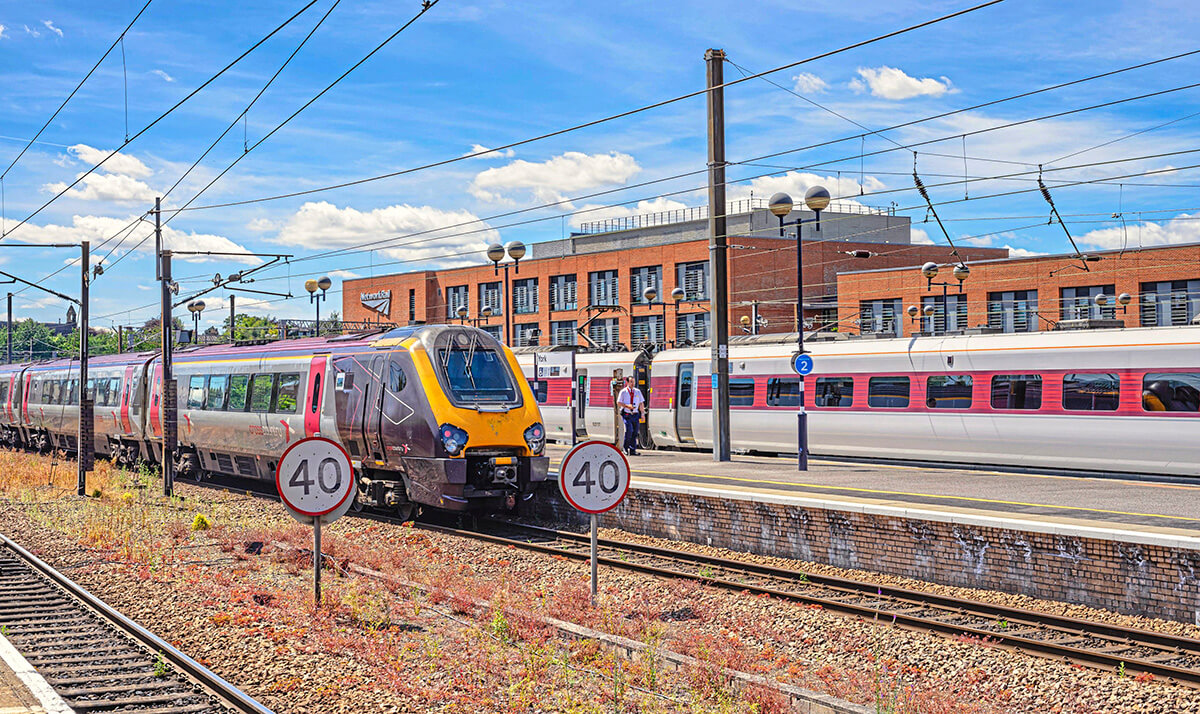
Cancellations and punctuality
Will Godfrey, director of economics, finance and markets at ORR, chips in: “Reducing cancellations and maintaining punctuality as passengers return after the pandemic is a really vital objective.
“We need to see an evolution in which speed restrictions in bad weather become more targeted.
“But you can only do that when you have confidence in the data, and when people on the ground understand how to use it.
“One of our big successes has been getting Network Rail to focus on its core assets: the track, structures and earthworks, and committing £600m more than was in its initial plan for the current period.
“A lot hinges on the changing approach to maintenance and the effective monitoring of infrastructure and embedding of new technology.
“Essentially: risk appetite and risk management.”
Godfrey oversees the periodic review of Network Rail.
He returned to ORR in 2022 from Ofwat, the water regulator, after an interval of 17 years.
“We have one of the safest railways.
“Where we need to look closely is the changing risk around weather and climate. We don’t want Network Rail near the frontier of this, but we do want it pushing that frontier forward.
“This is where the action will be in the coming years and decades. The balance of moving from scheduled time-based renewals towards more sophisticated maintenance exemplifies this.”
The alternative will be a gradual erosion of passenger trust. When bad weather looms, people can choose to drive instead.
A less safe, less climate-friendly form of transport.
But one which people will consider more reliable and increase their chances of actually getting there when the wind blows and the rain falls.
This features appears in full in the Q1 2024 issue of RailReview (pdf).


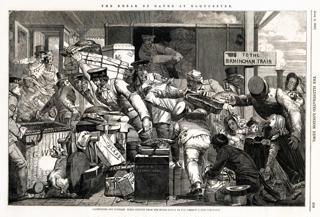
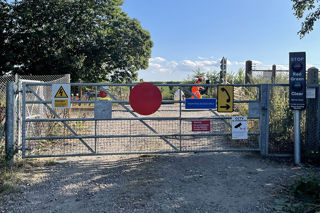
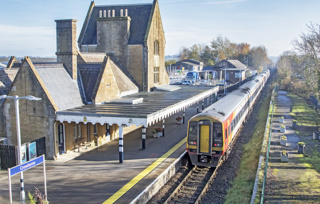
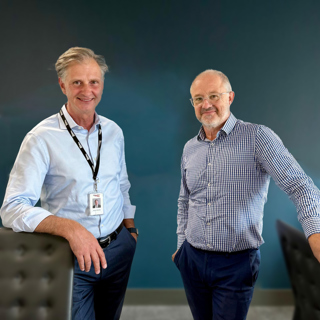











Login to comment
Comments
No comments have been made yet.